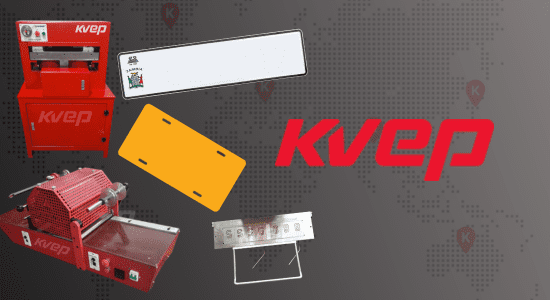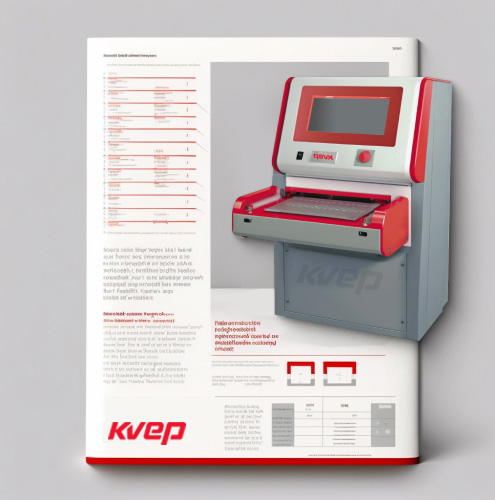Importance of Automation in Modern Manufacturing
In the rapidly evolving world of manufacturing, automation stands as a beacon of efficiency and quality. This is particularly true in the niche but vital domain of car license plate blank production.
Automation not only streamlines the manufacturing process but also ensures consistency and precision.
Overview of the License Plate Blank Production Process
Delving into the automated license plate blanks production line reveals a meticulously orchestrated sequence of processes.
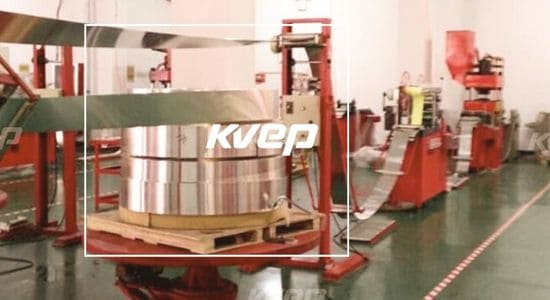
This article aims to explore these stages in depth, shedding light on the intricate workings of this automated line.
License Plate Uncoiling and Leveling Process
The journey to creating precise license plate blanks begins with the uncoiling and leveling of metal coils.
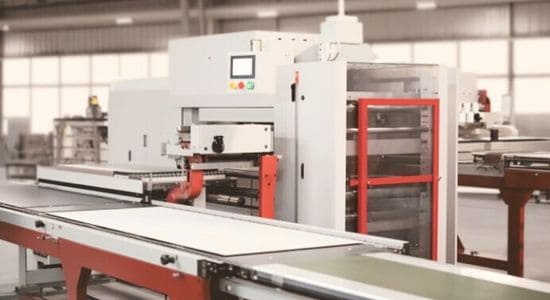
This crucial initial step involves a decoiler straightener machine, which meticulously unrolls the coiled metal and flattens it into even sheets. This process is fundamental in ensuring the quality of the final product. Imperfections at this stage can significantly impact the integrity of the license plate blanks.
The precision of the decoiling and leveling machinery, therefore, is not just a matter of technical necessity but also a commitment to quality.
License Plate Film Laminating Process
Following the preparation of the metal sheets, the next critical phase is film laminating.
This stage involves the Application of a special film to the metal surface, which often includes reflective properties essential for compliance and visibility of the final license plates. The choice of film and the precision in its application play a significant role in determining the aesthetic and functional quality of the license plates.
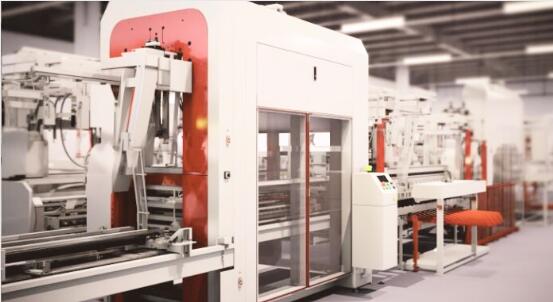
Conducted under stringent quality control conditions, this process is pivotal in ensuring that the plates adhere to both safety and design standards, making it a key area of interest for license plate manufacturers focused on delivering products that meet or exceed industry regulations.
License Plate Coil Feeding Process
Post-lamination, the coil feeding process assumes a critical role.
Here, the servo feeder, a marvel of modern engineering, accurately introduces the film-covered metal strip into the stamping press.
This high-precision feeder is pivotal in maintaining the rhythm and accuracy of the production line. It ensures that the metal strip is perfectly aligned for the next phase, minimizing material waste and enhancing overall productivity.
This stage is a blend of technology and efficiency, offering license plate manufacturer the assurance of high-quality output with minimal wastage and optimal productivity.
Stamping Metal Strips into License Plate Blanks
The culmination of the previous steps leads us to press blanking – a stage where the true form of a license plate begins to take shape.
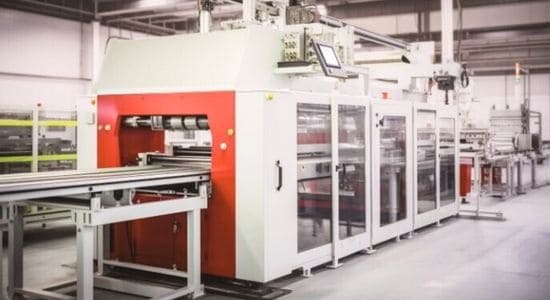
Here, the press machine, equipped with a precision-engineered stamping tool, meticulously cuts the film-coated metal strip into individual license plate blanks. This process not only shapes the blank license plates but also ensures that each one meets the exact dimensional specifications required.
Integrated Technologies in the Production Line
Throughout the license plate production line, what stands out is the seamless integration of advanced technologies, ensuring efficiency and precision at every step. From servo motors that drive the coil feeders to PLC systems that manage operations, every component works in harmony.
This integration is key to reducing production times and minimizing errors, resulting in a more efficient production process.
For license plate manufacturers, the efficiency of the production line translates into cost savings and faster turnaround times, crucial factors in a competitive market.
Essential Equipment for the Final Stages
To achieve the final form of license plate blanks, several key license plate machines play a crucial role.
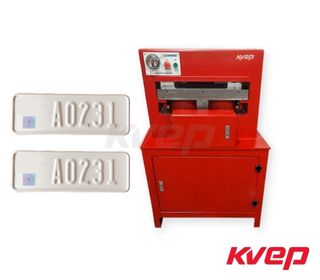
License Plate Embossing Machine
The embossing machine is used for creating raised characters and patterns on the blanks, essential for legibility and compliance. Sometimes it’s called the license plate hydraulic press machine.
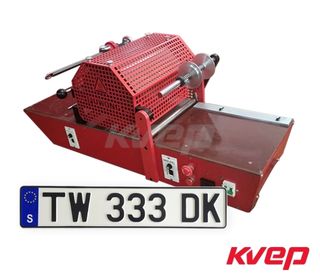
License Plate Hot Stamping Machine
The hot stamping machine applies colors and protective coatings onto the license plate surface, ensuring the plates are both visually appealing and durable. It is also known as the license plate heat transfer machine.
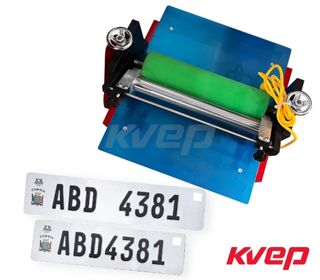
License Plate Roller Coating Machine
The Roller Coating Machine, or Roller Coater, adds ink onto number plates with raised parts. An essential part of the machine is the roller rubber, which requires operators to maintain it well during daily operations.
Conclusion
The automatic production line for car license plates represents a significant advancement in manufacturing technology.
By embracing automation, manufacturers ensure precision, efficiency, and consistency in their products. This level of technological integration meets the high standards expected in the industry, making it an ideal choice for purchasers focused on quality and reliability.
Interested in elevating your license plate production capabilities? Connect with us to learn how we can help streamline your operations and enhance your product quality with our advanced license plate blanks production line.

